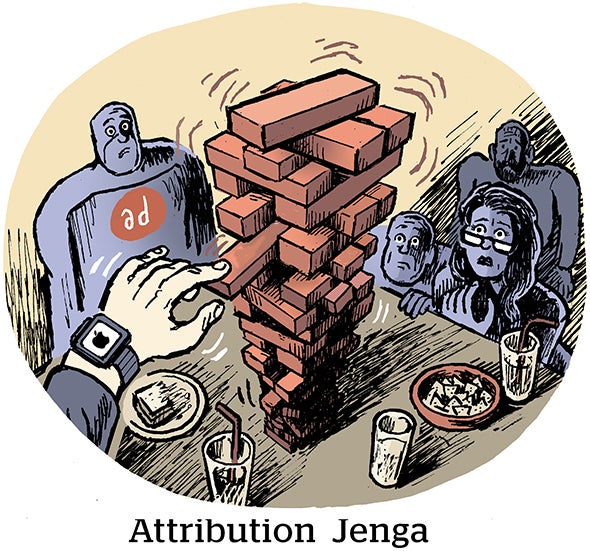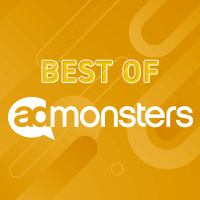The question is enough to daunt any writer: How do you come up with stories for dozens if not hundreds of personalized e-mail newsletter editions?
The answer is you don’t. Instead, you should use a content database that can spit out the versions with little human intervention.
These databases provide “the bulk of the material for a wide variety of newsletters,” says David Fish, CEO of IMN Inc., of Newton, MA. And they are personalized with material from local offices or stores.
Case in point: An HMO with a large medical information database sends tailored newsletters for members suffering from ailments like arthritis and diabetes.
It routes these editions to local HMOs. And they, in turn, put their brands on them by highlighting local events like free blood-pressure checkups.
As Fish puts it, the core content is “handled upstream and the wrapper is done at the local level.” And while dozens of editions of may exist, the local content is the same for all recipients.
Then there’s the example of the bookstore chain. The firm can serve up many different newsletters based on reader preferences. For example, a science fiction fan might be alerted to other books in the genre or by the same author.
That done, the local store can add information on a book signing or book club coffee klatch. This “preserves a connection between the customer and the physical location,” Fish notes.
How many versions are we talking about?
“The typical case, literally, would be dozens and dozens, up to 60 or 100 of them,” he answers.
Fish concedes that e-mail versioning is “not that radical an idea.” But few firms have connected the dots when it comes to e-mail newsletters, he adds.
“Anybody can come up with a few articles for a few months to get the newsletter program rolling,” Fish says. “But can you do that three years from now in a way that retains and engages your audience, and is sustainable? By that time, you’ve already asked everyone who can give you an article.”
But someone has to write the content, don’t they?
No. Typically, these newsletters feature material that was created for other reasons, and can be repurposed.
Can the selection be done manually? Yes, but “you’re going to need a pretty good editorial staff just to assemble that and make those judgment calls,” Fish observes. It is far better to get structured content from a database.
But he adds that this only works “in situations where you have recurring interest by the readers in what’s new.”
The Technology
What do you need to do it?
The first requirement is “a technology platform that allows you to do multi-tier publishing,” Fish says. And you may have to do some systems-integration work to “extract the information from the database and get it into a form that’s appropriate for winding it into the newsletter.”
As for circulation, the newsletters can be driven off a centralized marketing database, or off separate ones maintained by the stores (or other local publishers).
And, of course, you will need a you need a user-friendly interface that will allow the HMO or bookstore to post its material and simply “hit the OK button.” All of these things can be provided by vendors.
But none of these tools will work if the content is not properly tagged. “It has to be categorized in a manner that will allow you to map it to the appropriate newsletter version,” Fish says.
Cost
And the cost?
An information publisher starting out in this can spend $50,000 or more per year. But there are economies of scale. “Once you’ve got technology down, it doesn’t make any difference whether you do four segments or 400 segments,” Fish says.
He adds that specialized newsletters result in “a lot of click activity,” and are thus highly measurable.
In the end, it comes down to a marriage between specialized and general content.
“If you think of a newsletter as a sandwich, the bread is easy but the filling is tough,” Fish laughs.



